Yes, there can be notable differences in the nutritional profile of dehydrated green onions depending on the method used for dehydration. The three most common methods of dehydration are air drying, oven drying, and freeze drying. Each of these methods affects the retention of nutrients like vitamins, antioxidants, and minerals to varying extents.
1. Air Drying (or Sun Drying)
Air drying is the most traditional method, where green onions are exposed to warm air for an extended period, often under the sun. This method is cost-effective but can lead to some nutrient loss.
Nutrient Retention:
Vitamins: Air drying tends to result in the greatest loss of heat-sensitive vitamins, such as Vitamin C and some B-vitamins, due to prolonged exposure to heat and sunlight.
Minerals: Minerals such as potassium, calcium, and iron are generally preserved well during air drying, as they are not as sensitive to heat.
Antioxidants: While some antioxidants like flavonoids can be preserved, prolonged exposure to sunlight can degrade others, including quercetin (a key antioxidant found in onions).
Flavor and Texture: The texture of air-dried green onions can be somewhat tough or brittle, which may affect their use in some applications. The flavor tends to be concentrated but may lose some of the subtlety of fresh onions.
2. Oven Drying
In oven drying, green onions are typically placed in a dehydrator or oven at a low temperature, usually around 120-140°F (50-60°C). This method allows for a quicker drying process compared to air drying.
Nutrient Retention:
Vitamins: Oven drying can still lead to some loss of Vitamin C and B-vitamins, but the exposure to heat is often less prolonged than with air drying, so nutrient retention is usually better.
Minerals: Similar to air drying, the minerals are preserved well during oven drying, with only minimal loss.
Antioxidants: The quicker drying time helps preserve more antioxidants than air drying, but there may still be some degradation of sensitive compounds like quercetin.
Flavor and Texture: Oven-dried green onions typically have a more uniform texture than air-dried ones, but they may still have a slightly tougher bite. The flavor is strong and concentrated, though it can lose some of the fresh, mild flavor of raw green onions.
3. Freeze Drying
Freeze drying is considered one of the best methods for preserving the nutrients, flavor, and texture of the original food. In this process, green onions are frozen, and then the moisture is removed by a vacuum process, which bypasses the liquid phase and preserves the structure and nutrients more effectively.
Nutrient Retention:
Vitamins: Freeze drying is the best method for preserving Vitamin C and B-vitamins, as the process occurs at low temperatures without exposure to heat or light. Therefore, freeze-dried green onions retain most of their vitamin content.
Minerals: Freeze drying also preserves the mineral content of green onions exceptionally well, with minimal loss of potassium, calcium, and iron.
Antioxidants: Freeze drying does an excellent job of preserving quercetin and other antioxidants found in green onions. This is because the process is gentler on sensitive compounds, and no heat is applied, preventing the degradation that occurs with other methods.
Flavor and Texture: Freeze-dried green onions have a light, airy texture and retain more of the original flavor compared to other drying methods. When rehydrated, they come closest to the texture and flavor of fresh green onions, making them a popular choice for culinary applications where flavor and texture are crucial.
4. Comparison of Methods
|
Nutrient |
Air Drying |
Oven Drying |
Freeze Drying |
|
Vitamin C |
High loss |
Moderate loss |
Minimal loss |
|
B-Vitamins |
Moderate loss |
Moderate loss |
Minimal loss |
|
Minerals (Potassium, Calcium, Iron) |
Well preserved |
Well preserved |
Well preserved |
|
Antioxidants (e.g., Quercetin) |
Significant loss |
Moderate loss |
Well preserved |
|
Flavor |
Concentrated, but can lose freshness |
Strong, concentrated, but can be slightly less fresh |
Retains most of the original fresh flavor |
|
Texture |
Tough, brittle |
Uniform, but slightly tough |
Light, airy, closest to fresh texture |

 English
English 中文简体
中文简体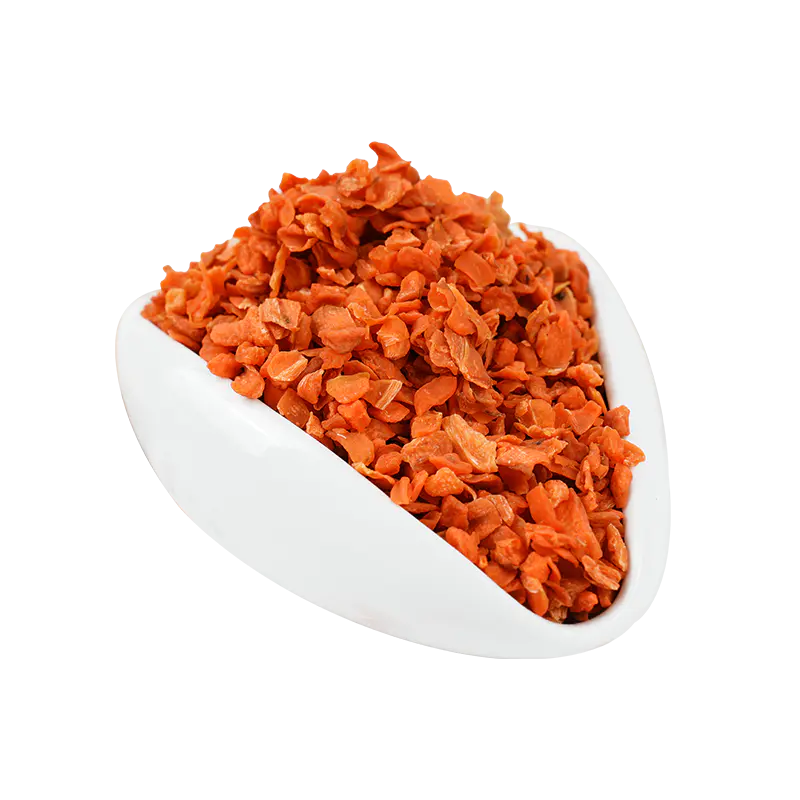
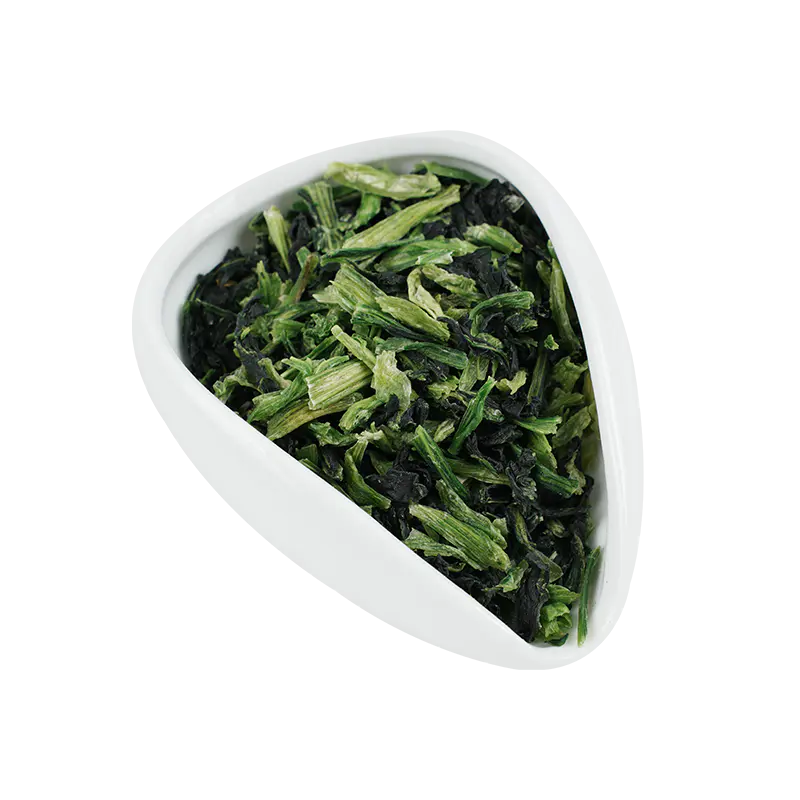
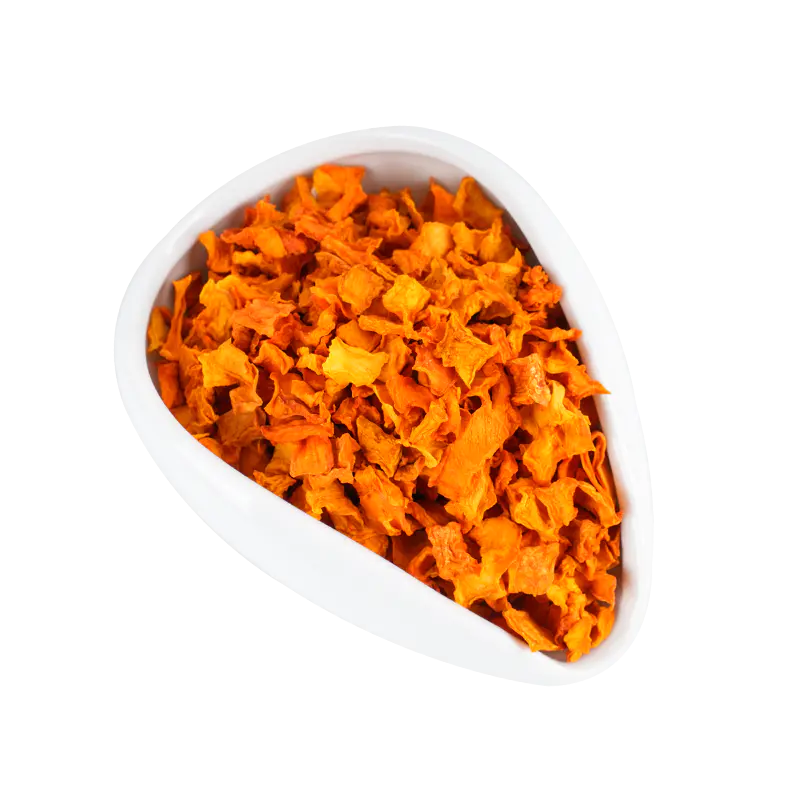
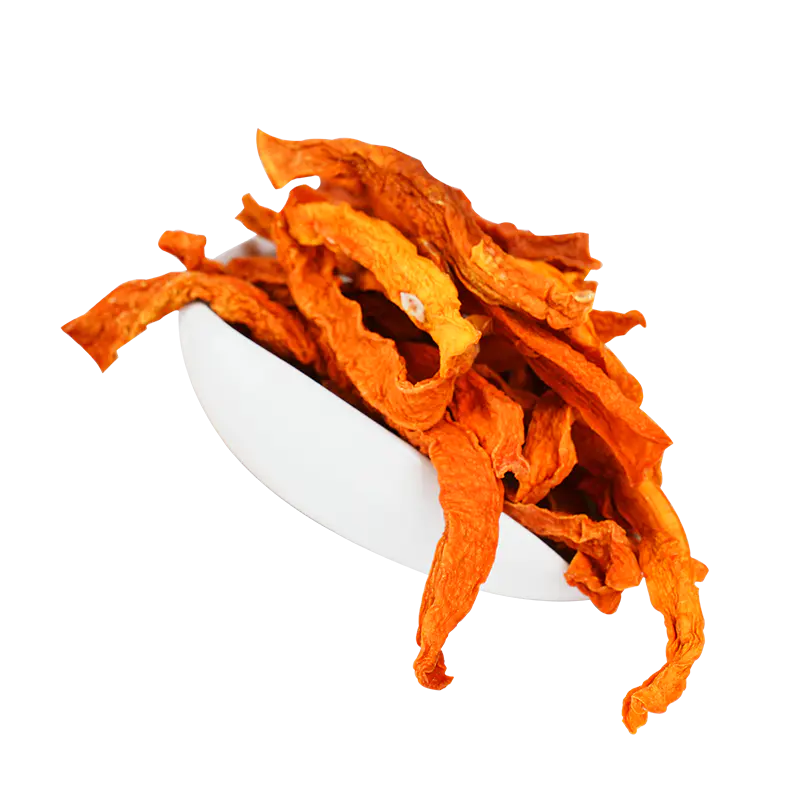
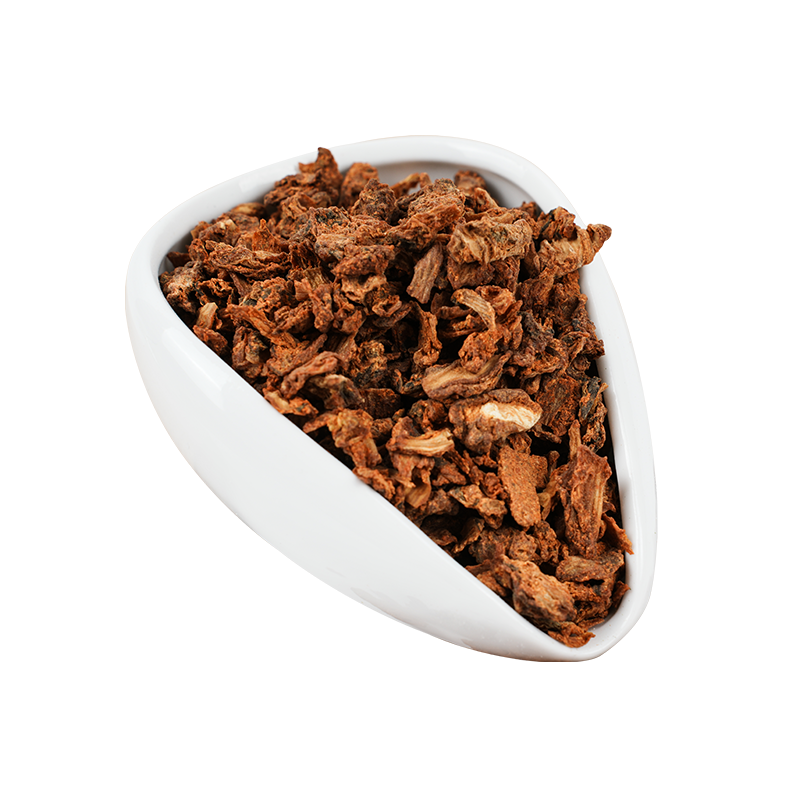

 Xinqian Village (Dehydrated Fruit and Vegetable Industrial Park), Duotian Street, Xinghua City, Taizhou City, Jiangsu Province, China
Xinqian Village (Dehydrated Fruit and Vegetable Industrial Park), Duotian Street, Xinghua City, Taizhou City, Jiangsu Province, China +86-13852647168
+86-13852647168
